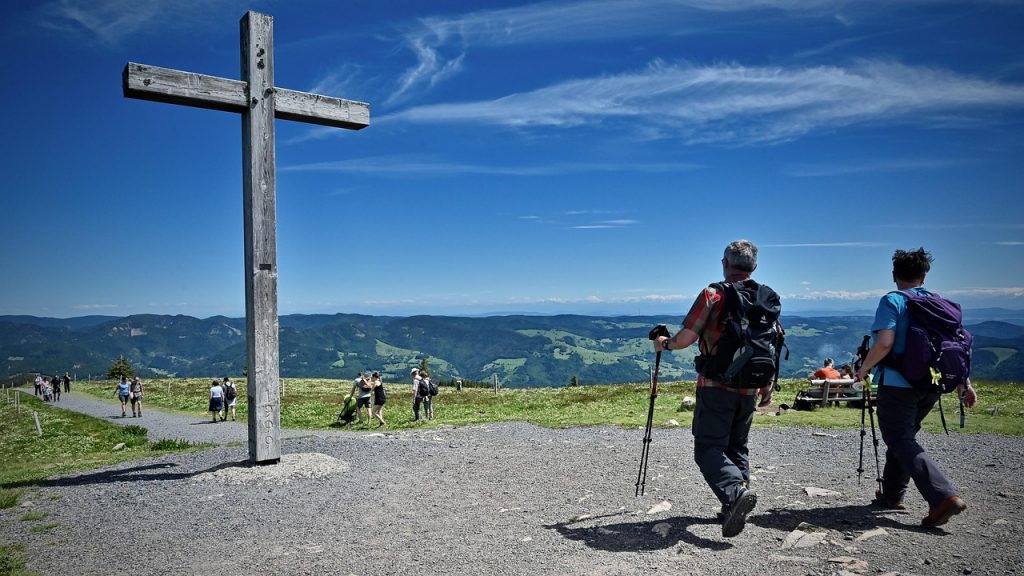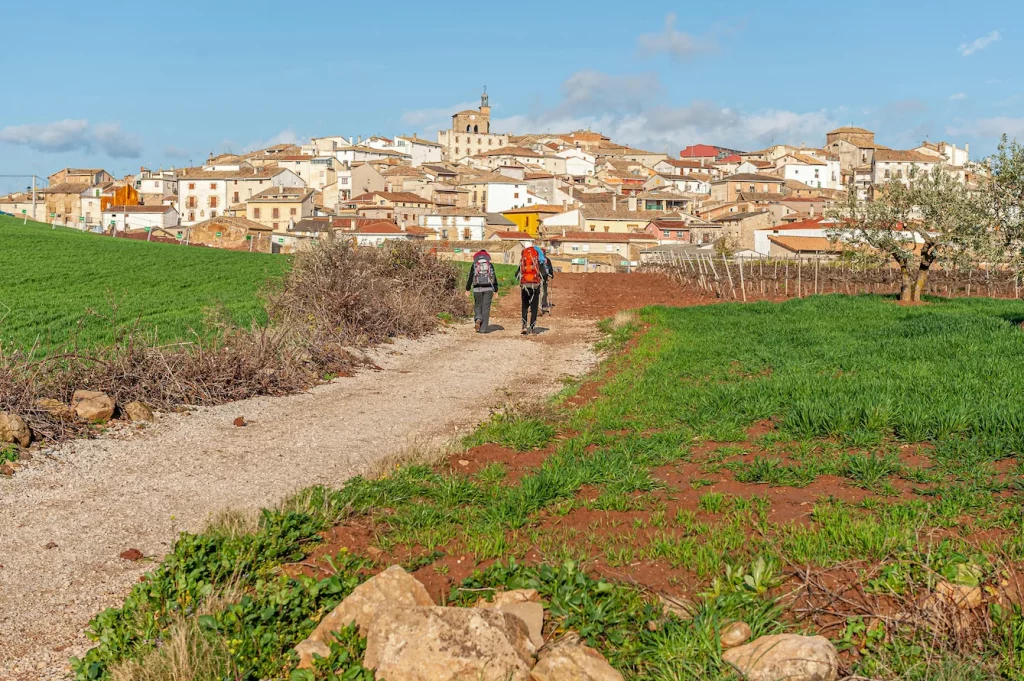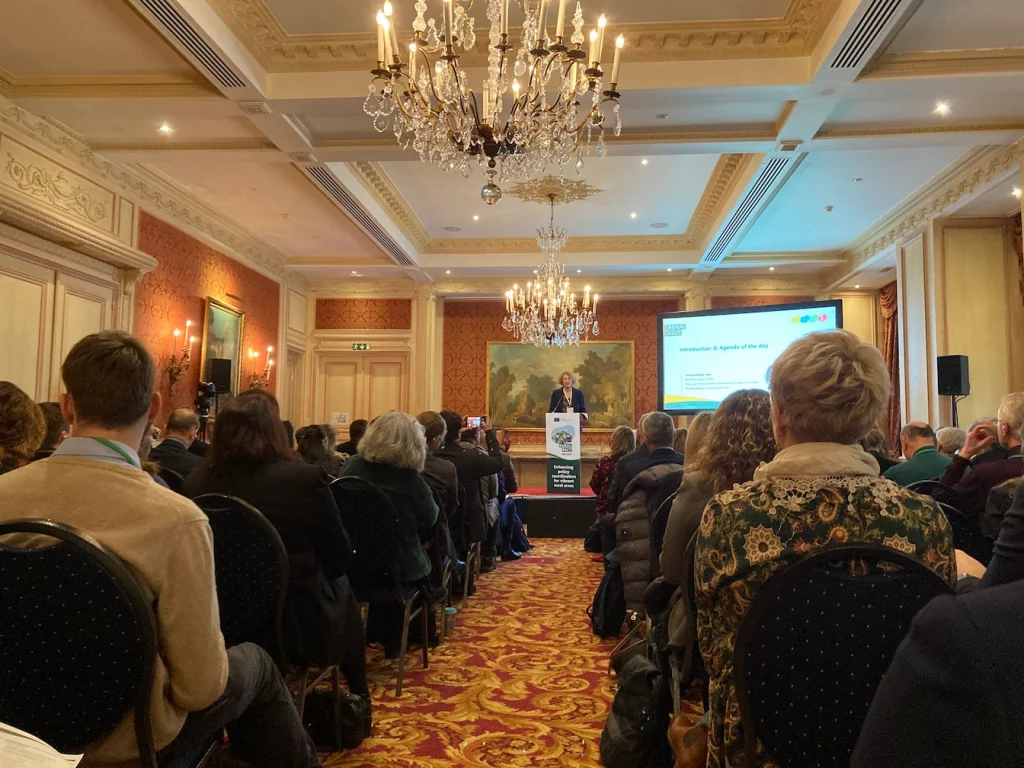Findings and Outcomes
Findings and Outcomes
Moving the public and pilgrims from the best-known areas of the ways to other more unknown ones
The most of selected practices share the common aim of promoting the lesser-known heritage in a pilgrimage way, with the objective of moving the public and pilgrims from the best-known areas of the ways to other more unknown ones, but with significant heritage values. That is, the implemented actions identified a specific weakness of the rural territory and propose a solution to face it. The heritage focus of rurAllure good practices is grounded in relatively unknown destinations, perceived sometimes (by locals and tourists) as having little to offer in comparison to closed-by places.
Local participation
An important lesson learned is that the information collected through evaluations constantly highlights the involvement of multiple stakeholders, mainly local. In some cases, that involvement happened in what refers to the organization of the activities. In other cases, the contents of the experiences themselves were directly produced with the help of very diverse local people.
Fostering opportunities for public authorities capacity building.
Raising awareness among national and regional authorities is a key objective to appreciate the potential of pilgrimage routes as a consolidated model of sustainable tourism and successful tools for territorial development, promoting the replication of best practices and policy initiatives when/where applicable. Capacity building should be organized for operators in the culture and tourism sectors, fostering synergies among them. Involvement of local inhabitants should be encouraged, as a bottom-up partaking is paramount for the routes' sustainability in the long term.
Forthcoming Calls
Forthcoming Calls
| Scope | Funding Programme | Calls | Deadline | More info |
|---|
News
News
SWIPE
Contact
News
News
News
SWIPE



